This content has been archived. It may no longer be relevant
The #1 Thing Students Need to Know When You Recommend a Book
Reggie sits at his desk during SSR, drumming his fingers on the table. He reads for five minutes, but then takes his book back to your classroom library and wants to exchange it for another. It seems like Reggie never gets more than a quarter of the way through a novel, but he doesn’t give up. What’s happening?
Well, Reggie doesn’t know how to pick out a book he likes.
Seriously.
Even in 9th grade, after presumably eight or nine years of being able to read a sentence, he doesn’t know how to choose something he’ll stick with.
And that’s okay.
This is where you come in.
The First Rule of Book Recommendations
Making book recommendations for students is tough. In an earlier post, I talked about my Book Conferences and how I build reading relationships with students. It’s not always a perfect fit. But here is one HUGE thing your students need to know when you make a recommendation:
They don’t have to like the book.
Even if you have sung the book’s praises from the rooftops, students don’t have to like it. Moreover, you should encourage them to tell you what they don’t like about books. Being able to articulate this is a huge step towards choosing books for themselves.
Take This Example:
I don’t like characters who describe their own eyes. I actually don’t like it at all when a character “catches a glimpse of themselves” in the mirror and then spends five minutes describing their “normal hair” or “average looks.” Booooo. I hate it. I think it shows a lack of imagination on the part of the author (like, “I want you to imagine the character I’m imagining, but I can’t think of a more creative way to do it”), and it portends future moments lacking imagination in the novel.
If I read the first few pages of a novel and this happens, I’ll put the book down. And that’s okay.
Want book recommendations delivered to your inbox?
Sign up for the YA Reads Monthly Newsletter!
Asking Questions for Deeper Thinking:
Here’s how to help students articulate what they like and dislike about any novel (even your favorites!). Instead of asking straight out what they didn’t like, here are some ideas for narrowing it down.
Did they like…
- the structure? (Was the story in order? Were there flashbacks? Did it have multiple viewpoints? Was it a mix of story and journal entries?)
- the genre? (Was it a romance when they wanted a sports book? Were they expecting a scary thriller instead of a fun mystery?)
- the setting?
- the characters? (Did they have problems with multiple characters, or was there a standout example of a character that irritated them? If so, was it clear that the author had written the character well, or was it a believability issue?)
- the pacing? (I don’t mind slow, poetic interludes, but my students can find those boring!)
- the conflict and resolution? (Oftentimes, I have complaints with a book’s ending. This is a big enough deal that it will cause me to declare that I dislike a book.)
And, honestly, we have to teach students that they can dislike certain things about books and simultaneously love others. This is where Creative Reading comes in. How would the book have been different if what they’d disliked had been altered? Can they be specific about the sort of improvements that would have been made? This is such a huge aspect of reading critically. Here’s another example from my own experience:
“The premise of this book was really awesome, and I loved the sci-fi setting. However, I thought this book started out as a dystopian and then ignored that later on. In the beginning, the government was corrupt and oppressive, but then an alien invasion ended up being the central conflict. I think it would have been more interesting as a dystopian novel.”
The Takeaway:
When we model mixed feelings to students, we empower them to keep reading beyond their first roadblock. They don’t have to quit because a book failed in some small way. At the same time, they’ll learn that different readers react differently to the same book. They do not have to love what we love. That’s what makes us such a rich community of readers! Understanding this can make your book recommendations much more successful!
Happy teaching!

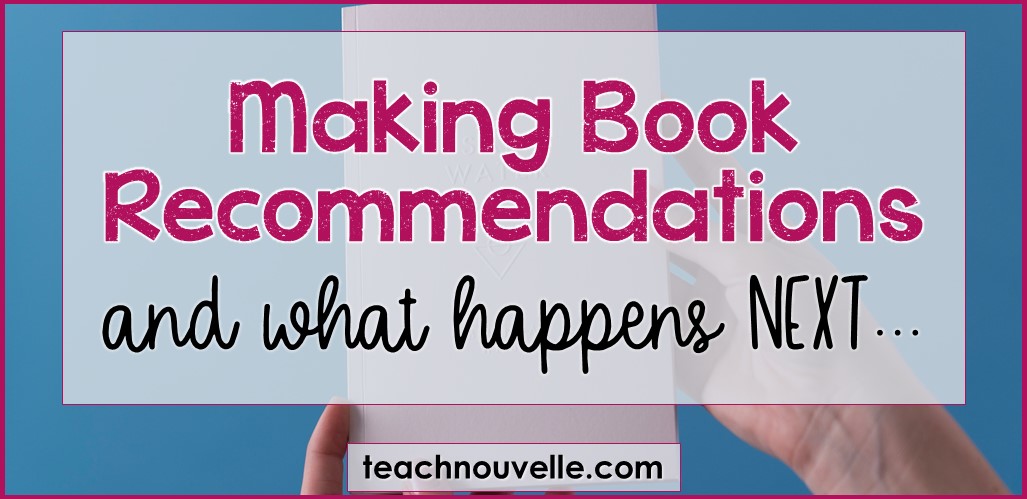
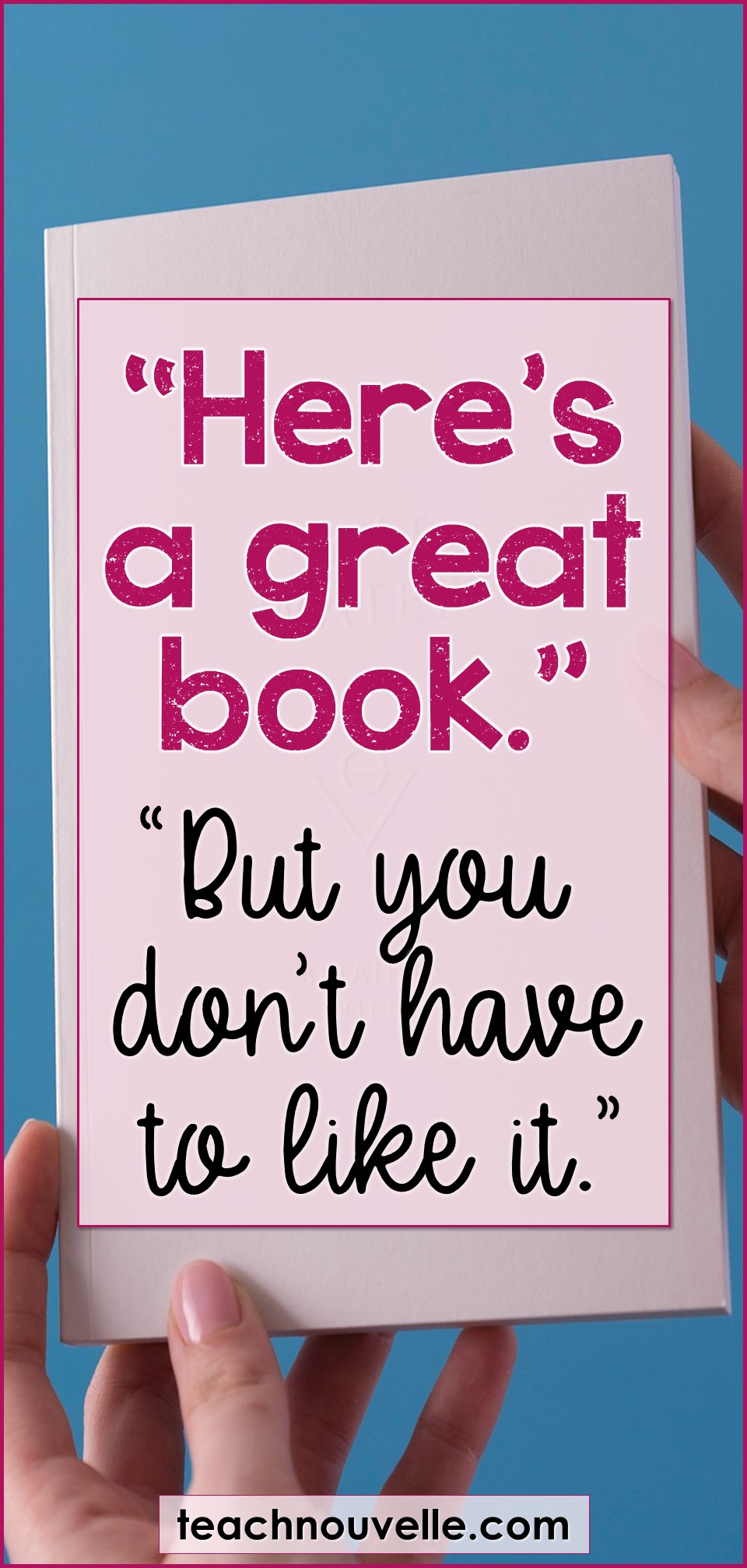
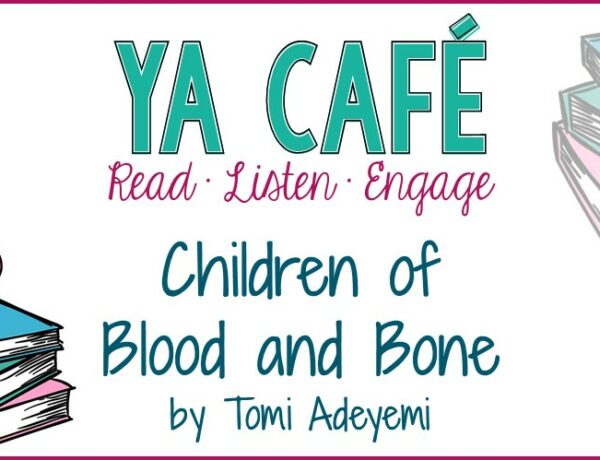
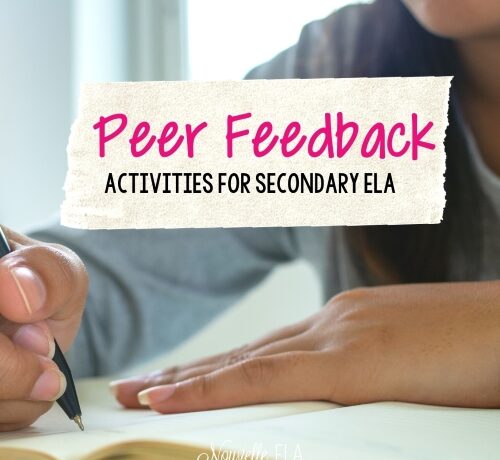
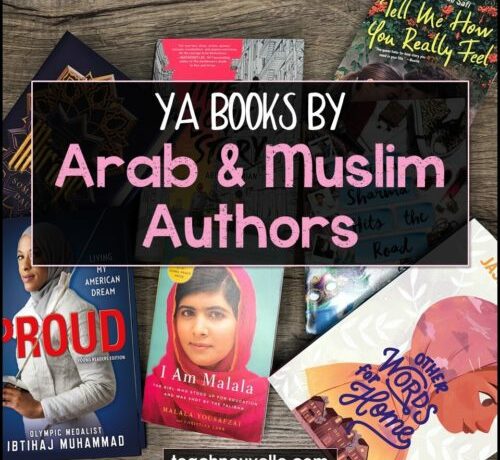
2 Comments
Mara
October 4, 2018 at 5:44 pmHole,
Would you be able to recommend some books in Spanish for high school students (level 1-3 of Spanish)?
Thank you
YA Cafe Podcast: Blanca & Roja
October 19, 2018 at 9:22 am[…] aren’t falling in love with fairy tales? Never fear! Danielle has some great tips on how to recommend books to students, and help them to find something that they truly […]